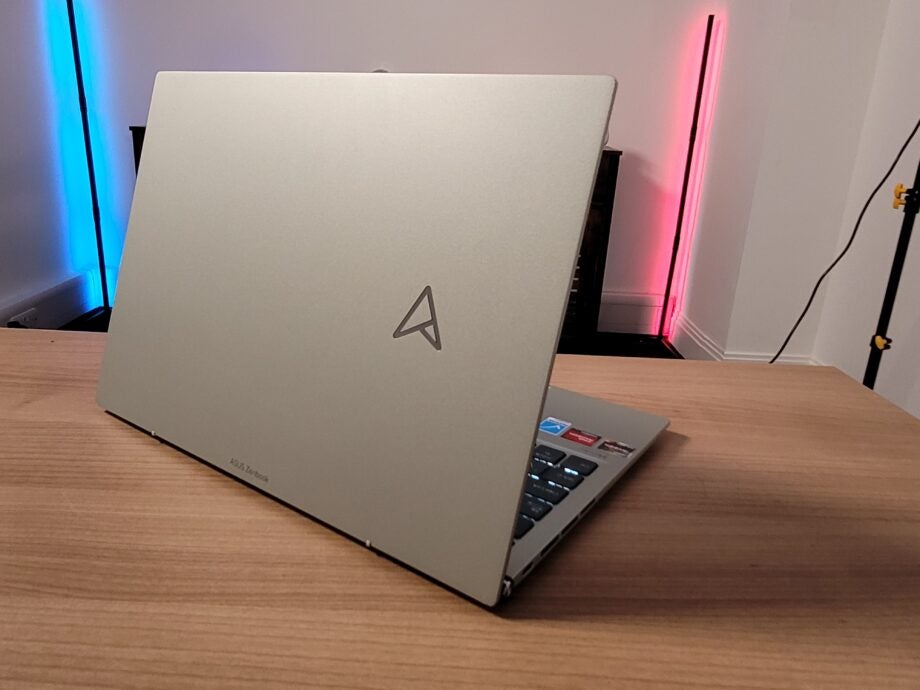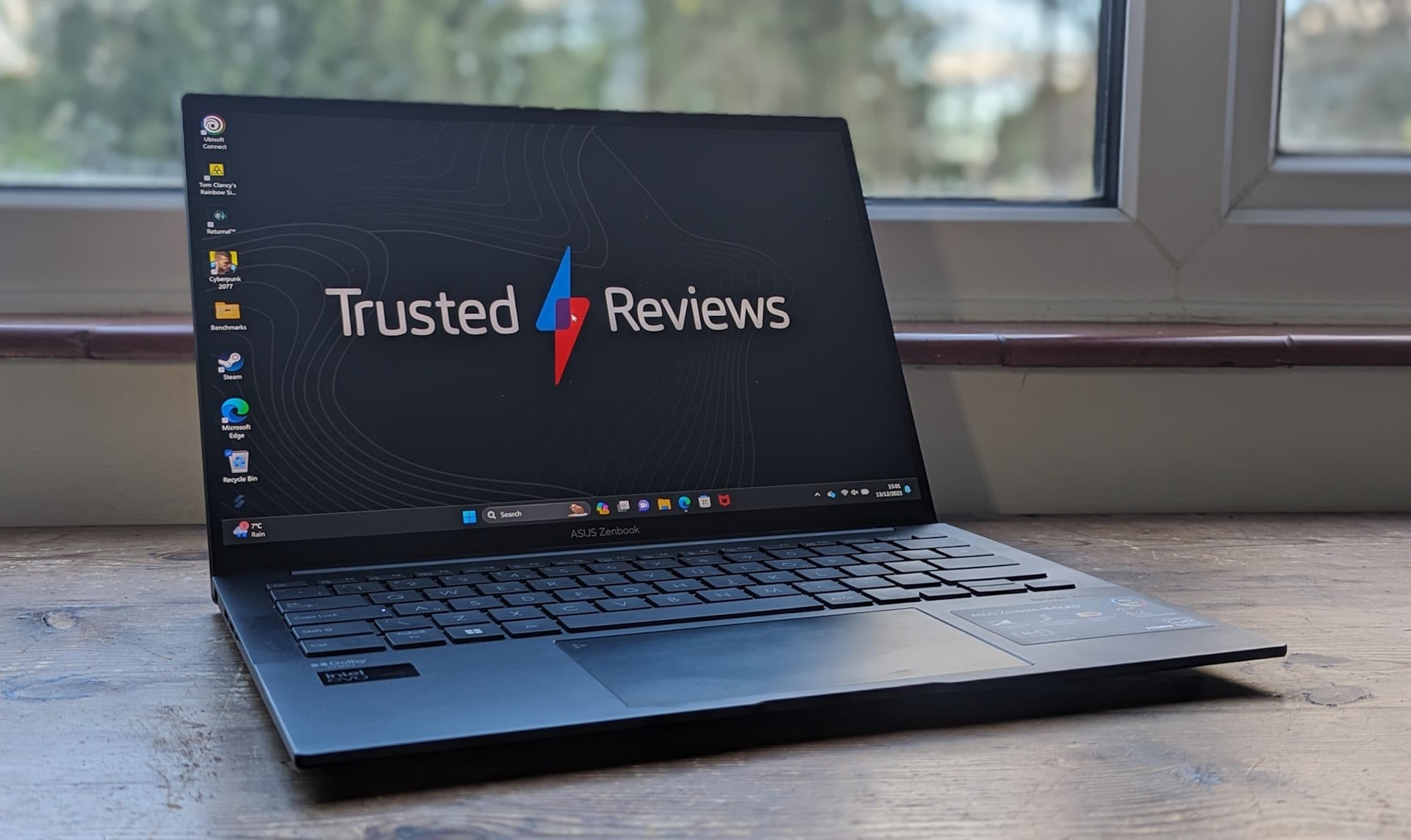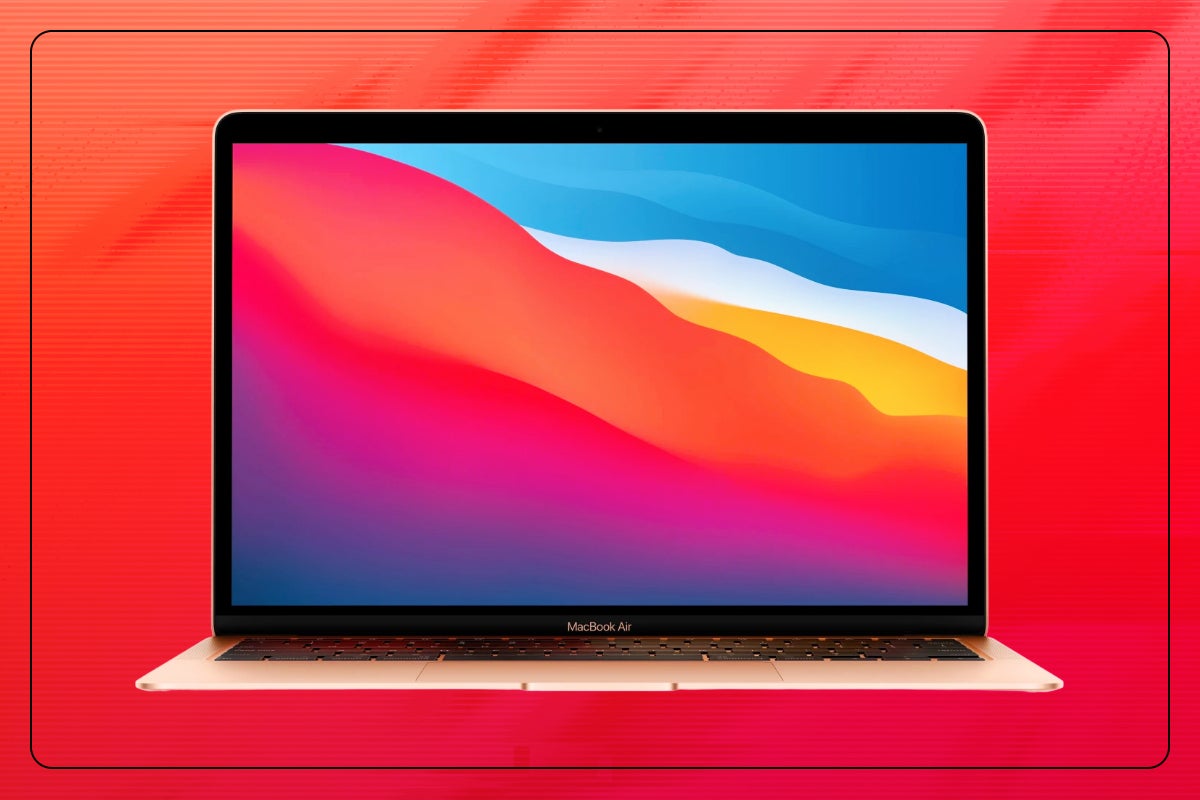What is an ultrabook? The super-slim laptops explained

If you’re in the market for a new laptop, you may have come across the term ultrabook. But, what is an ultrabook?
Read on to discover everything you need to know about ultrabooks, including what they are, how they differ from laptops and notebooks and where you can find them.
What is an ultrabook?
An ultrabook is a slim and lightweight laptop.
The term “ultrabook” was originally coined by Intel in 2011 to refer to laptops less than 0.8-inches thick that didn’t compromise on performance or battery.
“Ultrabooks are designed to give people the power to create and consume in a sleek, light, secure and elegant device that offers an immersive and responsive experience without compromising performance, all at mainstream price points”, explained Intel in its press release.
The first ultrabook devices launched at the end of 2011 and were powered by 2nd generation Intel Core processors. They also came with Intel’s Rapid Start technology, allowing them to boot up almost instantly.
However, it’s been more than a decade since ultrabooks first came onto the scene and the term is now used to refer to pretty much any thin laptop from a wide variety of brands and manufacturers, regardless of the specific dimensions or processor powering the device.
This means you can find ultrabooks kitted with AMD and Apple chips as easily as you can Intel these days.
What is the difference between a notebook, an ultrabook and a laptop?
If you’ve seen the terms “ultrabook”, “notebook” and “laptop” floating around, you’d be forgiven for getting tripped up on what the difference is.
As we’ve established, an ultrabook is a slim and lightweight laptop that doesn’t compromise on power and battery life to achieve its portable design.
A notebook essentially fits these same criteria. As with ultrabooks, notebooks are always laptops but laptops are not necessarily ultrabooks or notebooks.
It’s also important to note that laptops (and thus ultrabooks and notebooks), by definition, feature clamshell designs with fixed keyboards. This means that devices like the Microsoft Surface Pro can’t really be considered ultrabooks.
However, there isn’t really any set criteria to define these terms so this categorisation is subjective.
Who makes ultrabooks?
While ultrabooks were initially made by Intel, these days you can find them sold by a wide range of brands with a variety of processors inside.
Some of our top picks right now are made by Asus, Apple, Microsoft and Acer. You can head over to our best ultrabooks guide to discover what we liked about each of these devices and find links to our full, in-depth reviews.





